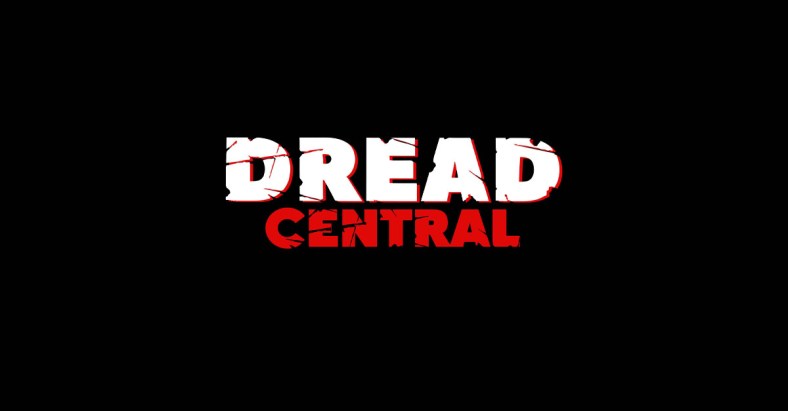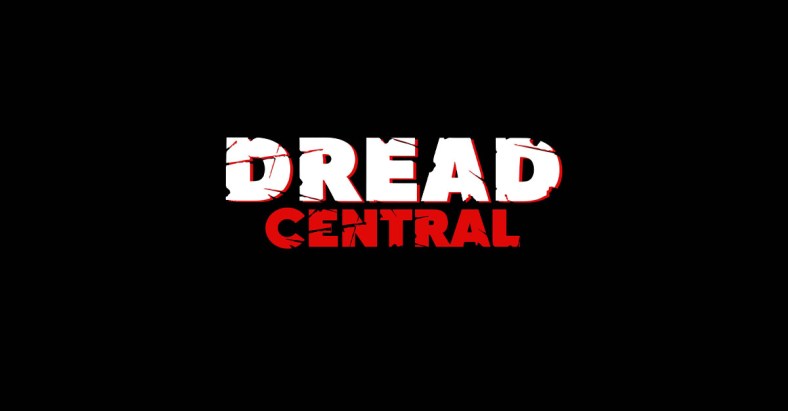5 Frightening Films Inspired by Japan and J-Horror

There will always be a spot of enduring reverence in our hearts for our favorite childhood cartoons. For us late 90’s-early 2000’s kids, Dragon Ball Z on Cartoon Network spawned a generation interested in Japanese culture and entertainment. For anyone who grew up with the epic monologues and brutal battles of Goku and the rest of the Earth Defense Force, Japanese anime has forever colored your expectations for intense action and colorful explosions.
Anime fandom is no longer reserved for the otaku meganerds or weeaboo caricatures. Spike your hair, dye it blonde, go out in orange, and even the most alpha of frat bros will offer you props on your sick Goku costume.
Personally, I’m a bit more acquainted with Japanese stuff than your average gaijin. As a gamer who’s dated exclusively nerds his entire life, this shouldn’t be surprising. When I heard that The Forest, a film about Aokigahara was coming out, it perked the tips of my fox ears. While Japan’s “Suicide Forest” is common knowledge within its borders, most Westerners are oblivious to its gruesome reputation.

On January 8th, The Forest seeks to rectify this. Taking place in Aokigahara, the dense woods and infamous history provide a perfect backdrop for supernatural spooks. It’s one of those locations that makes you wonder, “Why hasn’t this been done a hundred times before?” The only theory I can come up with is that major production companies have yet to catch up with modern audiences’ adoration for the Land of the Rising Sun. Japan-inspired ghosts and ghoulies have hit the silver screen before, and you might not have even realized it.
5) Dark Water (2005):
Dark Water is a remake that shows us that some stories are universal. While definitely given a Japanese spin with the little girl ghost and water theme, the story is at its core about fractured familial relationships. The spirit wasn’t born from some satanic ritual or vengeful wrath, but simple neglect. She fell into a water tower, and neither parent cared enough to check that she wasn’t with the other one. It reminds us that neglect, abuse, divorce, and the need for love is universal.
Coupled with some great performances by Jennifer Connelly, John C. Reilly, and Tim Roth, the film gets you in the smaller emotive moments. The visuals are impressive, with a constant downpour of rain and permeating wetness giving the film an incredibly dark and oppressive feel. The spirit is more needy than violent, trying to insert itself into their lives rather than displace them. It only results to violence when it feels it’s a last resort. It’s a welcome spin on the genre and worth a watch

4) Pulse (2006):
As technology evolves, we have to stop and wonder if the social networks and constant connection that are meant to bring us together actually keep us farther apart. For Pulse, this danger comes in the form of ghosts that suck out your will to live. It’s a more insidious threat than just killing you, forcing you to trudge through life until you eventually fade away. By the end, all that is left of you is an ashy mark, an afterimage of the life you once had. It’s a disturbing to think about what will remain of our Facebook, Twitter, Instagrams, etc., once we are also gone. Will they be just as hollow and empty of marks, disconnected reminders of what once was?
3) The House Where Evil Dwells (1982):
What a glorious age we live in that we can look upon the schlock of years past with genuine glee. This is an 80’s film about an American family haunted by Japanese Samurai ghosts. The ghosts proceed to make a mess of their pots and pans, before forcing Susan George to take her shirt off and have an affair. As far as possession movies are concerned, I’m way more in the camp of “show me your boobs and get freaky” than “spin your head around and vomit green shit.”

More seriously, this film reflects an idea of honor and vengeance that is generally only hinted about in the West. It isn’t a perfect representation of the Japanese idea of a vengeful spirit, but it is a valiant early attempt to adapt the concept for an American audience. I also like the creative use of demonic crabs, which in my opinion are criminally overlooked in the demonic weaponry community. It’s a totally fun bit of campy goodness that you likely haven’t seen before, so pop it in after a couple of sake bombs and let your tsundere heart melt for a bit.

